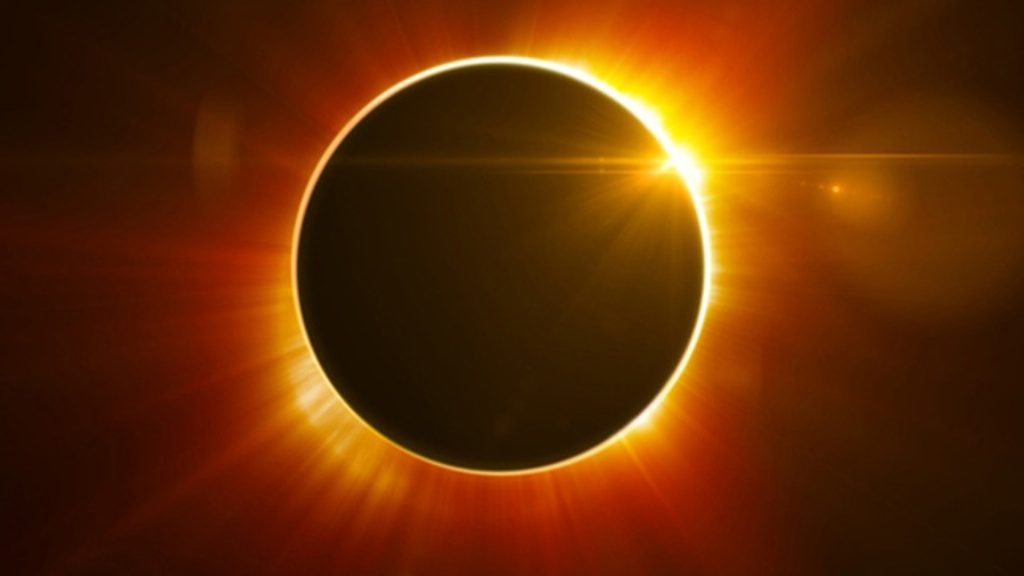For the upcoming total solar eclipse, a team of NASA-funded scientists are planning to observe the solar corona using stabilised telescopes aboard two of the space agencys research aircraft.
Southwest Research Institute in Colorado:
- Scientists, led by Amir Caspi from the Southwest Research Institute in Colorado.
- They will use two of NASA’s retrofitted WB-57F research jets.
- In addition, to follow the shadow of the moon across America on August 21.
- This will enable them to view the eclipse for over seven minutes.
- While it will last for only two and a half minutes for other viewers.
- Taking observations from twin telescopes mounted on the noses of the planes.
- The scientists will capture the clearest images of the sun’s outer atmosphere, the corona.
- To date and the first-ever thermal images of Mercury.
- Revealing how temperature varies across the planet’s surface.
Dan Seaton,researcher at the University:
- Dan Seaton, co-investigator of the project and researcher at the University of Colorado in Boulder, US.
- He said,these could well turn out to be the best ever observations of high frequency phenomena in the corona.
- Also, extending the observing time and going to very high altitude might allow us to see a few events.
- In addition, track waves that would be essentially invisible in just 2 minutes of observations from the ground.
NASA:
- The two planes to be launched from Ellington Field near NASA’s Johnson Space Center in Houston.
- It will observe the total eclipse for about three and a half minutes each as they fly over Missouri, Illinois and Tennessee.
- Images of the Sun will primarily be captured at visible light wavelengths.
- Specifically, the green light given off by highly ionized iron, superheated by the corona
- In addition,this light is best for showing the fine structures in the sun’s outer atmosphere.
- Observations of Mercury will also taken half an hour before and after totality.
- Furthermore,when the sky is still relatively dark.
- These images, taken in the infrared, will be the first attempt to map the variation of temperature.
- Across the surface of the planet.
- NASA is funding 11 science projects across America.
- In addition, for scientists to take advantage of the unique astronomical event.
- To learn more about the sun and its effects on earth’s upper atmosphere.
